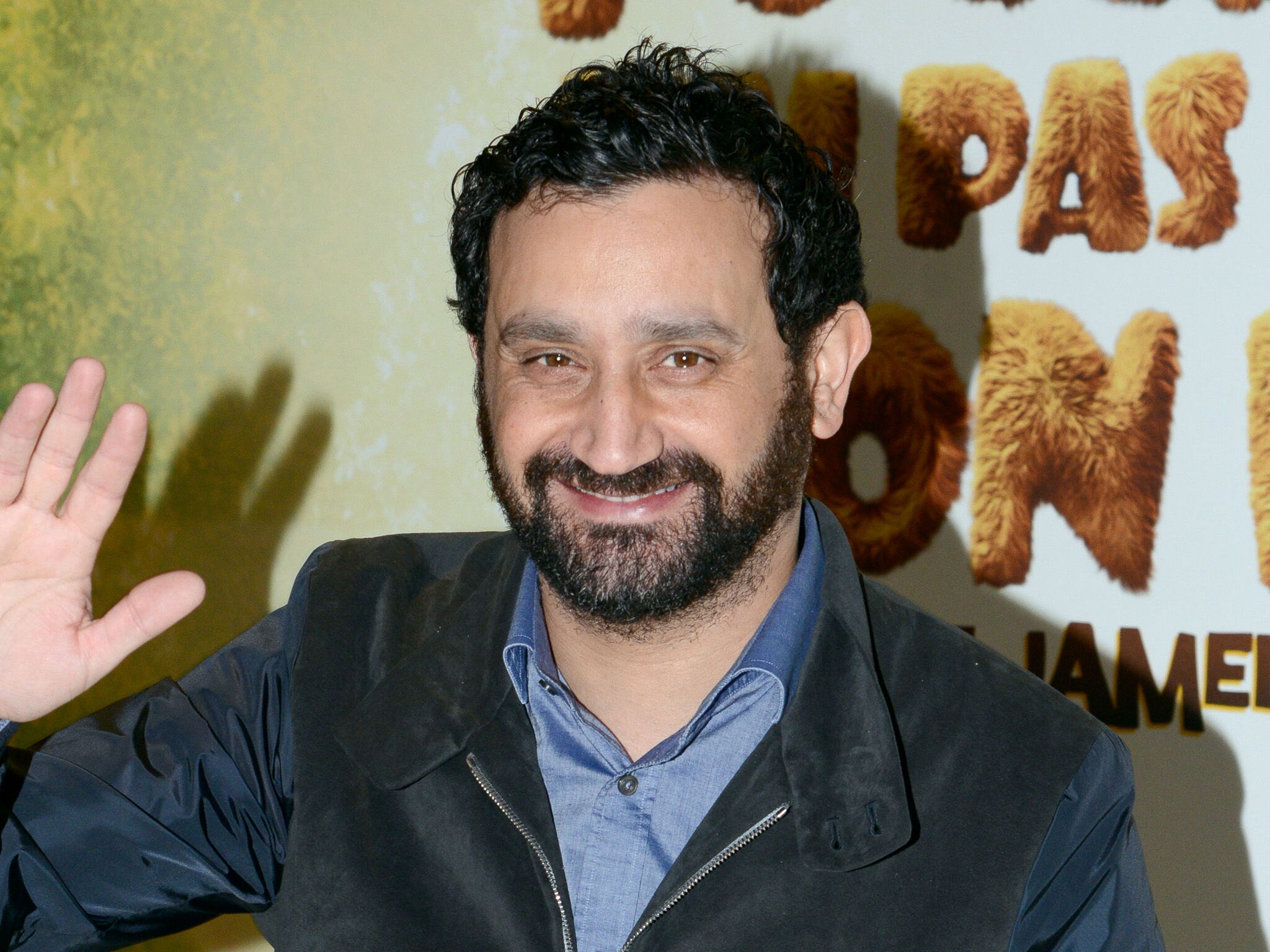Lisa LaFlamme Is Just Getting Started
Updated January 2, 2024

As the courier at the door hands over a package, he blurts out a few words. “Oh my God, it’s you! I thought I recognized your name. I miss watching you on the news.” Lisa LaFlamme—former national news anchor, silver-haired cause célèbre, woman in the midst of a regeneration—tilts her head graciously. She hears this a lot. At the dog park. At the bakery.
She says “thank you” because what else is there to say? That camera has switched off. Last August, she posted a video on Twitter telling viewers that she was no longer anchor of CTV National News, because parent company Bell Media had terminated her contract. She said that she was “saddened” and “blindsided.” Bell called it a “business decision,” a particularly cold-blooded description of axing a 58-year-old woman at the height of her career.
Otherwise, she has maintained a dignified silence, partly due to the terms of her departure and partly because she doesn’t want to speculate about the underlying causes that might have led to her firing. But mainly because she wants to move on. She has things to do, stories to tell. There are girls and women in Canada and around the world who need support. Why be a victim when you can be a helper?
When she comes back into her living room carrying the parcel (containing her copy of Prince Harry’s Spare), she mentions how much it means to her to hear this affection from ordinary people. At her heels are her chocolate Labs—eight-month-old Millie, a bundle of energy, and 13-year-old Toby, sedately lumbering. In the midtown Toronto home she shares with her partner, former Toronto Star editor Michael Cooke, she walks past the shelf holding her 12 Canadian Screen Awards. The dull winter light catches her bright grey hair.
The Rumors About Lisa LaFlamme Have Been Confirmed!
You didn’t think we could do this without talking about LaFlamme’s hair, did you? The silver bob that was the locus of the country’s outrage last summer? The sleek mane that displaced Justin Trudeau’s as the most famous mop in the country and ignited an international debate about sexism and ageism?
LaFlamme sits down, sighs. The Shocking Truth Is soon to be heard! She’s reported from war zones and natural disasters, interviewed presidents and tycoons. She worked for CTV for 35 years and anchored the nightly news for 11. No one that accomplished wants to be reduced to the strands sprouting out of their scalp. When talking about it, a twinge of something—discomfort? dark humour?—crosses her face. She says, “Any journalist is uncomfortable becoming the story instead of reporting on it.”
But every journalist is also fascinated by a juicy story, and this is one. To begin at the beginning: Shortly after LaFlamme’s ouster, The Globe and Mail’s Robyn Doolittle reported that CTV News’ new-at-the-time boss Michael Melling had asked at a meeting who had approved the decision to “let Lisa’s hair go grey.” For fans reading between the lines, the implication was clear: Executives believed that no one wanted to see a woman aging naturally on television. An international furor ensued, with CNN correspondents discussing the gendered politics of dye, and Wendy’s Canada draining the colour from the red-headed girl on its corporate logo.
LaFlamme has no idea if her hair played any role in Bell’s decision. But she is very animated on the subject of the role hair plays in the life of every anchorwoman. Early in her career, when she was up for an on-air job at Global News, a male executive told her she’d get nowhere with “that hair.” At the time it was dark, thick and curly. (Ladies, you can never win.)
She’d started to go grey at 18, and by the time she was an anchor, colouring became a second job. She’d dyed her hair in a military bathroom in Kandahar. Her go-bag often contained hair-care products. During the pandemic, when her salon was closed, she was waking up to find her pillow smeared with the residue of at-home root touch-up. This worshipping at the temple of hair had become too much. And it had nothing to do with what she was really interested in: telling the stories of the people caught up in the news.
In the first year of the pandemic, exhausted with her own Sisyphean struggle with Nice ‘N Easy, LaFlamme told her boss she was going to go grey. She had the support of her boss, and so she let it grow out. The response from viewers was overwhelming. “Ninety-eight percent of it was positive,” LaFlamme says. “It was so liberating.”
LaFlamme has long been a critic of sexism in journalism—in all industries, really. This advocacy is not new, she points out, and predates her departure from CTV. She notes that a group of female friends who are her contemporaries have left the television industry in the past few years, leaving for radio or other, less public-facing areas of journalism.
LaFlamme won’t speak about her termination, but others are happy to step into the vacuum. An open letter signed by more than 70 high-profile supporters like Louise Penny and Jann Arden slammed the “sexism and ageism” of Bell’s decision. And LaFlamme’s friends and colleagues have expressed dismay that a career filled with highlights ended on such a low note. “I’ve never met anyone who worked harder,” says her friend and former producer Alison Redmond. “For her, the story is everything.” When she heard that LaFlamme had been fired, “I was absolutely shocked and saddened and angry. Lisa’s numbers, the ratings for her show, surpassed everybody else’s. I was just gobsmacked by the news.”
This April, the Academy of Canadian Cinema and Television will give LaFlamme its Gordon Sinclair Award for her “exceptional body of work in journalism.” (You have to give the Academy props for this subtle shade cast at CTV, given that Sinclair was a broadcaster whose irascibility and silver comb-over did not stand in the way of success. Like Sinclair, LaFlamme is also an Officer of the Order of Canada.)

LaFlamme, calmly sailing above the wreckage, has her eyes on other horizons. She is an advocate for women in her industry, but equally important—possibly more important—is her advocacy for women around the world. “So much of my focus is on the women and girls who are oppressed—like in Afghanistan, Iran, the Democratic Republic of Congo, and the countries that are very close to me,” she says. “That is where our energy needs to be directed.”
If you ask LaFlamme which stories struck a particular emotional chord, she mentions being in a tent in Northern Iraq with a group of Yazidi women, one of whom showed her most treasured possession: a photo on her iPhone of her daughter, who was being held as a sex slave by ISIS forces. Those are the stories, overlooked by the rest of the world, she still wants to tell.
She does not currently have a job in journalism, but that doesn’t mean the compulsion to excavate current events goes away. When we chat, she’s a few weeks out from a trip to Kenya, Tunisia and the Democratic Republic of Congo to showcase reporters working on stories about gender-based violence. She’ll be making mini-documentaries for Journalists for Human Rights, concentrating on reporters like one in Goma she met in the past, who had to sleep in her newsroom at night because it was too dangerous to leave. In the morning, the reporter would sneak home to breastfeed her baby.
When LaFlamme was a child in Kitchener, Ont., growing up in a house with three sisters, she dreamed of telling stories. In Grade 9, she told her guidance counsellor she wanted to be a journalist “even though I wasn’t exactly sure what a journalist did.” This last observation, and many others, is followed with a long, throaty laugh.
After a couple of years spent in France working as an au pair and interning at a radio station on the side, she returned to enroll in communications at the University of Ottawa. Back in Kitchener, LaFlamme got a job working in the CKCO newsroom, the local affiliate of CTV. One day, she got a call from Henry Kowalski, the head of CTV. The network was launching a 24-hour news channel. Would she like to come down and audition?
Of course she would. LaFlamme, a self-described clothes horse, wore a sky-blue blazer to the audition and went “full Albert Brooks,” sweating like a ham at a picnic. Another full-bodied laugh. Despite the blazer mishap, she aced the audition, and a series of choice opportunities arose: parliamentary reporter, consumer advocate, co-host of Canada AM, CTV’s national morning show.
LaFlamme’s second day at Canada AM was Sept. 11, 2001. After the Twin Towers fell, she hopped in a car with a producer, driving all the way to lower Manhattan, where they choked on the acrid air and were nearly arrested for trespassing. They reported around the clock for a week.
Covering cataclysmic events abroad—whether it was the aftermath of Hurricane Katrina or the Russian invasion of Ukraine—provided not only a fulfilling career but a healthy sense of perspective when her own professional upheaval arrived. “I’ve covered sudden change my whole career,” she says. “This was mine. And there’s no comparison to the sudden change I’d covered. There’s no coming back from getting your legs blown off in Afghanistan, or an earthquake wiping out your family.”
Is This Lisa LaFlamme‘s New Career?For the past several months, life has offered an unexpected gift: the luxury of time to think about the future without worrying about when the next plane departs. She’s fielding offers and having conversations and doing things “that feed me emotionally,” like helping Afghan friends who are now living in Canada. She took part in a fundraiser for the charity Dress for Success, and last week, she interviewed Auschwitz survivor Angela Orosz at Montreal’s Holocaust Museum. In short, she says, “I’m trying to figure out how to be.”
In September, when LaFlamme heard the Queen had died, she was at her cottage. Here it was, the biggest story, the one she’d trained for—and she had nowhere to go. No microphone to hold. She got in the car to head back to the city and said to Cooke, “I need to find a job between here and Toronto.”
By that evening, she was on a plane to London with her producer friend, Redmond, who is now a freelancer. Citytv in Toronto hired them to cover the Queen’s funeral, and they produced daily coverage as well as a seven-hour special. “The networks had decades to prepare, and we had days,” LaFlamme says with a laugh. “But when you know how to do something, you just figure it out. It was an amazing experience.”
For Redmond, it was a chance to work with an old friend—and to witness a phenomenon that takes place not just on LaFlamme’s doorstep, but in far-flung cities as well. “Everywhere we went, and I mean everywhere, people would stop us and say, ‘We’re from Vancouver, we’re from St. John’s, we’re from Halifax. We miss you,’” she says. “‘We wish you were still on the air.’”
Those fans in London, and the ones across Canada, don’t have to worry. There are stories to be told. And someone—let’s say someone seasoned and mature and capable—is very keen to keep telling them.







